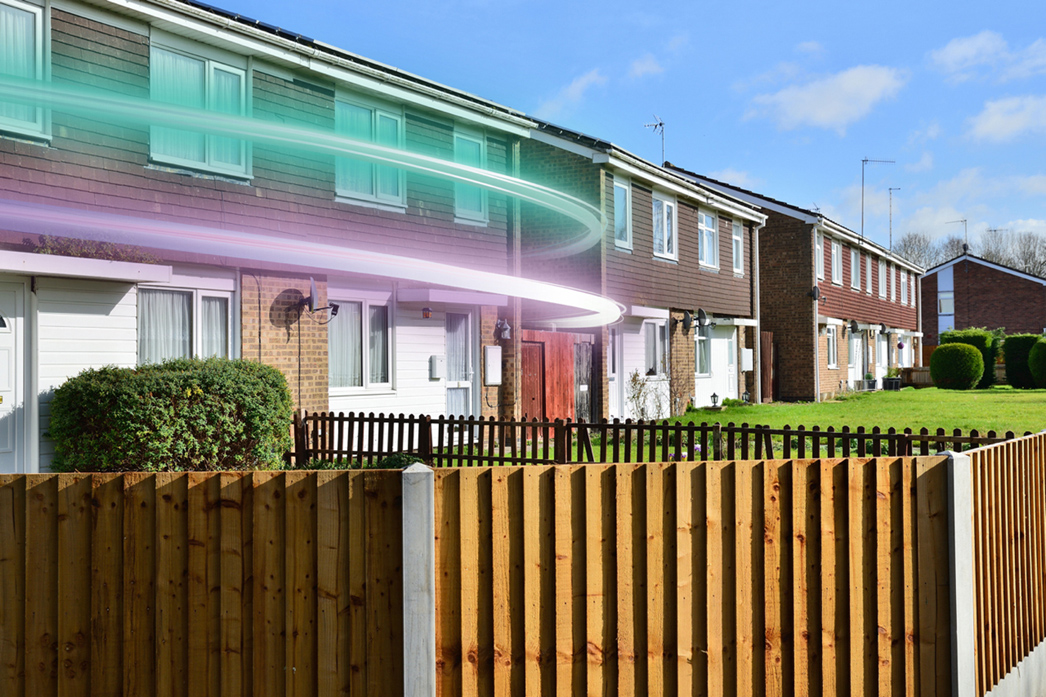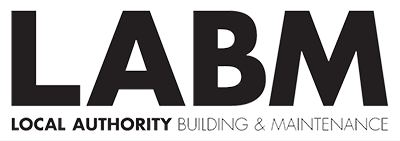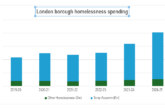
Beyond the hype — Emre Kazan, Co-founder and CPTO at Plentific, discusses the benefits of AI-driven property management.
AI offers transformative benefits for local authorities and housing associations including enhanced operational efficiency, automation of routine tasks, improved decision-making through data analytics and innovative resident engagement models.
As social landlords address the complexities of digital transformation, AI is gaining mainstream prominence, intensifying the pressure to act decisively.
Whilst AI offers significant opportunities to optimise performance, it is not a panacea.
Recent action from the Regulator of Social Housing highlights the urgency for modernising processes and data management. Over the past two years, the most common reasons for intervention have included health and safety compliance failures, fire safety breaches, inadequate management of damp and mould resulting in Awaab’s Law, widespread issues in repairs and maintenance services and shortcomings in data management and record-keeping.
In numerous instances, housing providers were unable to provide up-to-date information about property conditions, safety certificates, or outstanding works, thereby exposing both residents and organisations to significant risk.
The progression towards AI and automation must be coupled with solid digital foundations and comprehensive visibility across compliance and operational data.
Transitioning to proactive operations
For local authorities and housing associations the AI revolution represents both an opportunity and an imperative.
AI offers significant potential for social housing providers to transition from reactive service models to more proactive and predictive operations. It can assist organisations in making more informed decisions, automate tasks that were not possible before and deliver enhanced outcomes for residents and staff alike.
The real challenge is not deciding whether to adopt AI, it’s how swiftly and effectively the essential data and software foundations can be built to make AI truly valuable. Nonetheless, AI is not a quick fix for every problem. It works best when processes are already clear, data is reliable and workflows are digitised. If records and operational data are scattered across PDFs, spreadsheets and emails, it becomes problematic for AI models to produce precise and consistent insights. AI yields the best results when it has access to well-structured, contextualised data, rather than having to discern meaning from a disorganised assortment of documents.
Furthermore, AI’s help should not be confined to interpreting static data, summarising documents, or suggesting actions for users to execute manually. If the objective is to reach intelligent automation (IA), the next best actions should ideally be undertaken by the systems automatically, which necessitates systems capable of programmatic action. In this context, AI can function as a force multiplier for existing automation tools, facilitating solutions to potential automation challenges that were previously impossible to address with pre-AI technologies.
 First steps with AI and quick wins
First steps with AI and quick wins
AI is a powerful tool, but it’s not a one-size-fits-all solution. Its suitability depends on the nature of the problem, the quality of available data and the clarity of desired outcomes. In some cases, traditional software logic or process redesign may deliver better results with less complexity. It’s important to assess each use case on its own merits before deciding whether AI is the right approach.
Some quick wins include automating straightforward administrative tasks through automation, deploying AI chatbots to handle common resident inquiries and leveraging AI or Machine Learning for predictive maintenance to anticipate issues before they escalate.
Start small, solve real problems and scale from success. AI adoption works best when it’s grounded in everyday impact.
Local authorities and housing associations should maintain focus on their key goals and aim to put together systems that can help them to achieve these goals. Most software solutions are implementing AI to improve their product and social landlords can take advantage of these readily available capabilities rather than going into green field AI implementations.
AI use-cases
Realistic AI use-cases include predictive maintenance reducing emergency repairs, optimised scheduling of repairs to cut costs and emissions, supply chain optimisation, automated customer support via chatbots and planning of capital works programmes.
AI can also act as an intelligence layer across siloed systems, bringing together data from housing management, CRM, asset management and compliance solutions. This can help social landlords to make faster, better decisions by exposing inefficiencies and unlocking patterns not visible in isolation.
Forward-thinking organisations recognise the importance of a structured, high-quality data foundation and a well-architected software infrastructure as critical foundations without which AI cannot function reliably, reach its full potential, be trusted to support operational decision-making or deliver consistent outcomes at scale.
In the context of digitalisation, AI can automate document handling, support intelligent data entry and classification and improve system interoperability, accelerating the sector’s transition away from manual and fragmented processes.
 Further benefits
Further benefits
AI helps local authority and housing staff by automating routine tasks and reducing human error, freeing them to focus on strategic priorities and, importantly, fostering stronger, more personal relationships with residents — an essential element of trust and service quality in housing.
Residents benefit through quicker response times, improved service quality, more personalised interactions and enhanced overall satisfaction.
Transitioning to an AI-powered enterprise necessitates an equivalent level of investment in process digitalisation and system integration — areas where the industry has previously faced considerable challenges.
This is where Intelligent Automation (IA) comes in. IA denotes the strategic application of automation technologies, encompassing both traditional tools like Robotic Process Automation (RPA) and workflow engines, as well as contemporary AI-powered capabilities such as those in large language models (LLMs) to optimise processes, minimise manual effort and empower systems to execute intelligent actions autonomously. It signifies a move from disparate automations to more cohesive, decision-making systems.
At Plentific, we are proud to support more than 1.6 million homes on our platform, with many well-known housing providers already using our technology to enhance their operations. We have started this journey with several local authority partners and are eager to share more insights and results as we continue to see the impact of AI across the industry.
Connecting local authorities
Digital innovator Plentific is hosting local authorities from across the UK at an event in October at Westminster exploring how technology is connecting communities and optimising property operations.
Plentific is a technology leader with a mission to collaborate with and digitally transform local government and the UK housing sector, building communities where people can thrive with best-in-class resident experiences.
Connecting local authorities with contractors and residents, Plentific’s award-winning AI-powered platform orchestrates property operations in real time and unlocks efficiencies. Partners benefit from data-driven insights enabling informed decision making, with enhanced visibility of performance, driving prompt action and tangible impacts









